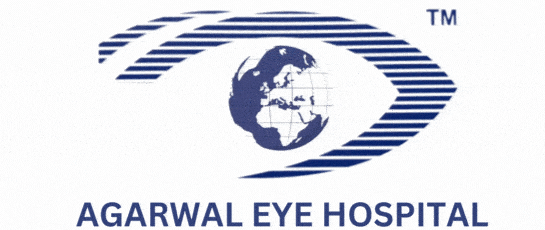Cataract Surgery - Top Surgeon, World Class Facility In Mumbai
What is Cataract?
A cataract is a clouding of the lens in the eye that affects vision. The lens is usually clear and helps to focus light onto the retina at the back of the eye, allowing us to see clearly. However, when a cataract forms, the lens becomes cloudy, and this can lead to blurry or hazy vision.
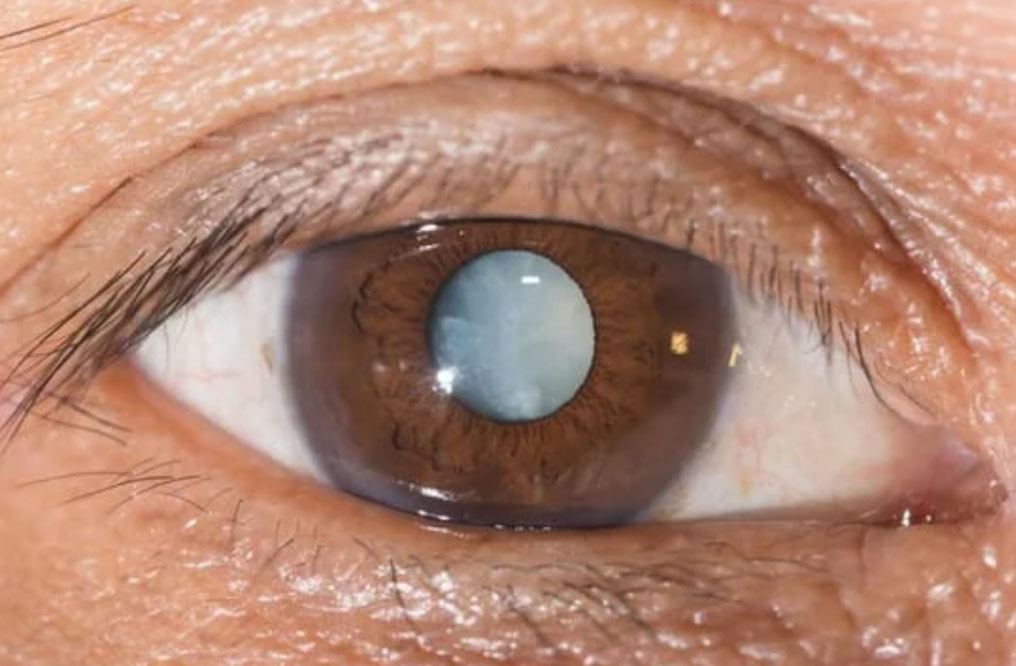
All about Cataract
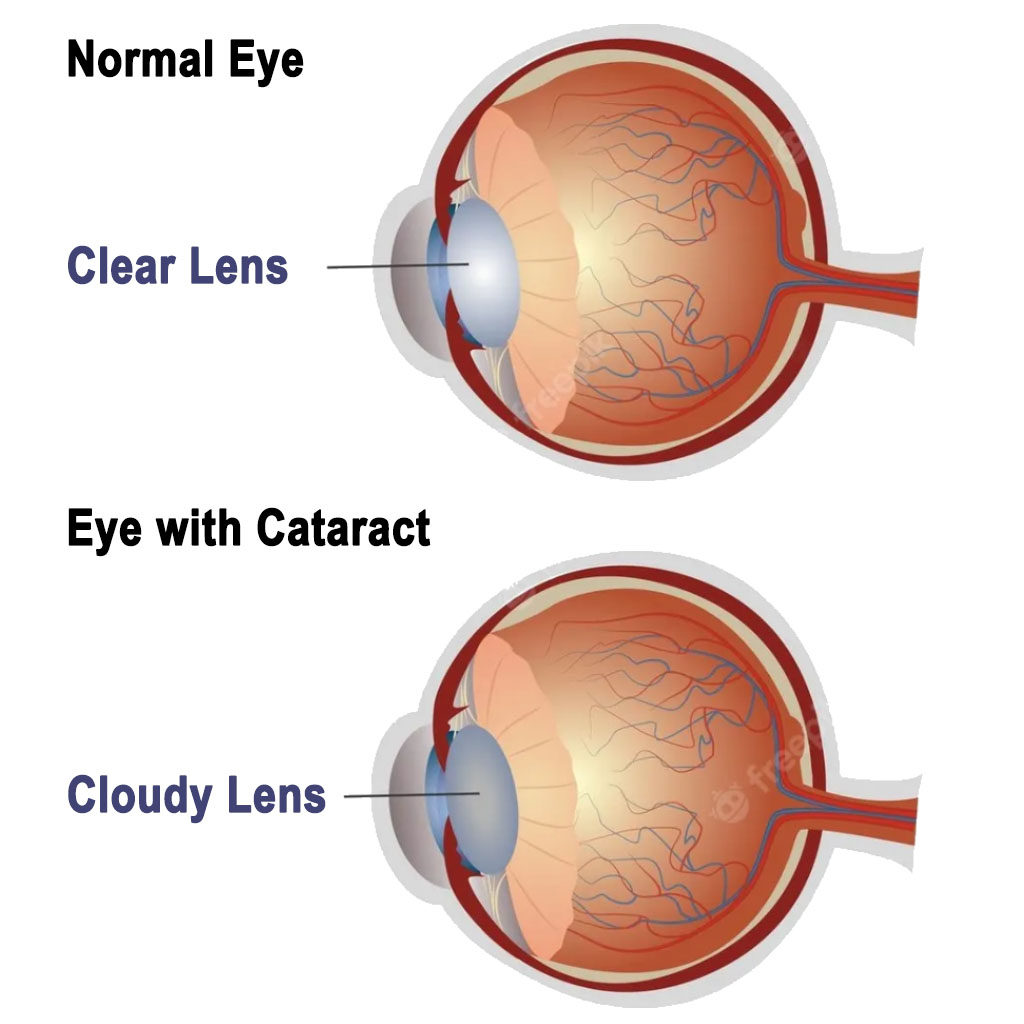
Cataracts are a common age-related condition, but they can also develop due to other factors such as:
- Age: The risk of developing cataracts increases as people get older.
- UV Radiation: Prolonged exposure to ultraviolet (UV) radiation from the sun.
- Smoking: Smoking is considered a risk factor for cataracts.
- Diabetes: People with diabetes are at a higher risk of developing cataracts.
- Eye Trauma or Injury: Physical injury to the eye can lead to cataract formation.
- Certain Medications: Long-term use of certain medications, such as corticosteroids, can contribute to cataract development.
The symptoms of cataracts can include:
- Blurry or Cloudy Vision: Objects may appear blurry or hazy.
- Increased Sensitivity to Glare: Bright lights may cause discomfort or glare.
- Difficulty Seeing at Night: Vision may be particularly impaired in low-light conditions.
- Fading or Yellowing of Colors: Colors may appear less vibrant or yellowed.
The treatment for cataracts is typically surgical intervention. Cataract surgery involves removing the cloudy lens and replacing it with an artificial lens called an intraocular lens (IOL). This surgery is highly successful, and many people experience improved vision afterward.
Cataract Surgery at Agarwal Eye Hospital:
Cataract surgery is a common and highly successful procedure aimed at removing a cloudy lens (cataract) from the eye and replacing it with an artificial intraocular lens (IOL). The use of state-of-the-art equipment, precise procedures, and adherence to established protocols are crucial for achieving optimal outcomes. Here is an overview of cataract surgery using the best equipment, procedure, and protocol:
Equipment:
- Phacoemulsification Machine:
- The gold standard for cataract surgery is phacoemulsification. This machine uses ultrasonic energy to break up and emulsify the cataract for easy removal.
- Modern machines offer advanced features like fluidics control, increased cutting efficiency, and improved followability.
- Microscope:
- High-quality surgical microscopes provide a clear and magnified view of the eye’s internal structures, enabling precise and meticulous surgery.
- Intraocular Lenses (IOLs):
- Various types of IOLs are available, including monofocal, multifocal, and toric lenses. The choice depends on the patient’s visual needs and pre-existing conditions.
- Ophthalmic Viscoelastic Devices (OVDs):
- These substances help maintain the shape of the eye, protect delicate structures, and facilitate the insertion of the IOL.
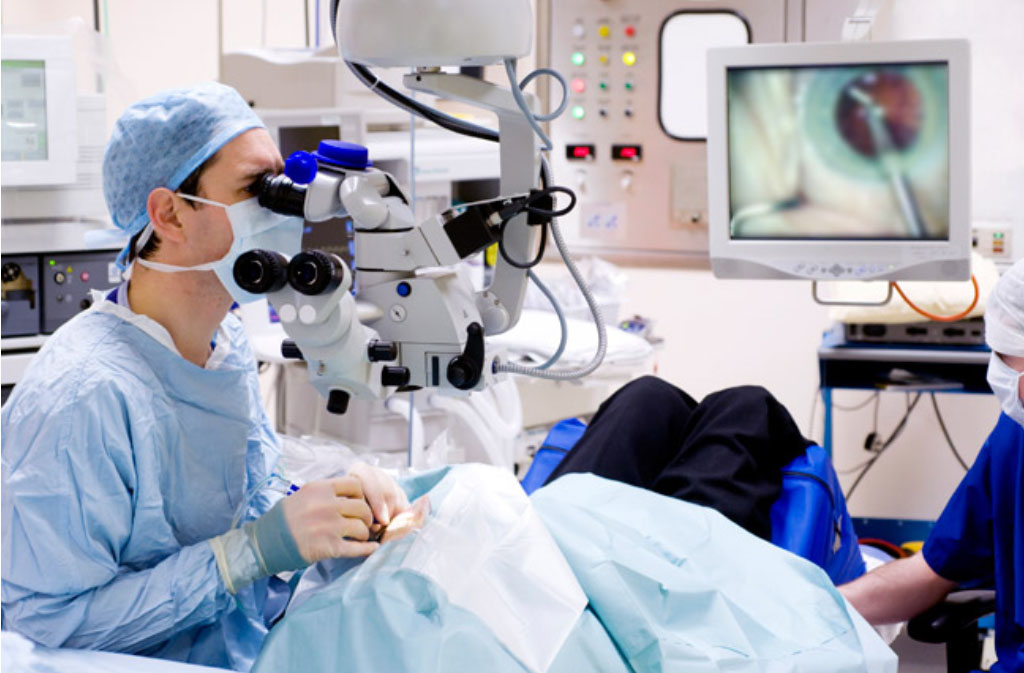

Procedure:
- Preoperative Evaluation:
- Thorough patient evaluation includes assessing overall health, ocular health, and determining the most suitable IOL.
- Anesthesia:
- Local anesthesia is typically administered using eye drops or a small injection to numb the eye, ensuring the patient’s comfort.
- Corneal Incision:
- A small incision is made on the cornea using a microkeratome or femtosecond laser, allowing access for the surgical instruments.
- Capsulotomy:
- A circular opening is made in the lens capsule to access the cataract.
- Phacoemulsification:
- The cataract is emulsified and aspirated using the phacoemulsification machine, leaving the lens capsule intact.
- IOL Implantation:
- The artificial lens is carefully inserted into the lens capsule, where it unfolds and remains securely in place.
- Wound Closure:
- The corneal incision is self-sealing, and in some cases, a few sutures may be used.
- Postoperative Care:
- Patients receive instructions on postoperative care, including the use of eye drops and restrictions on certain activities.
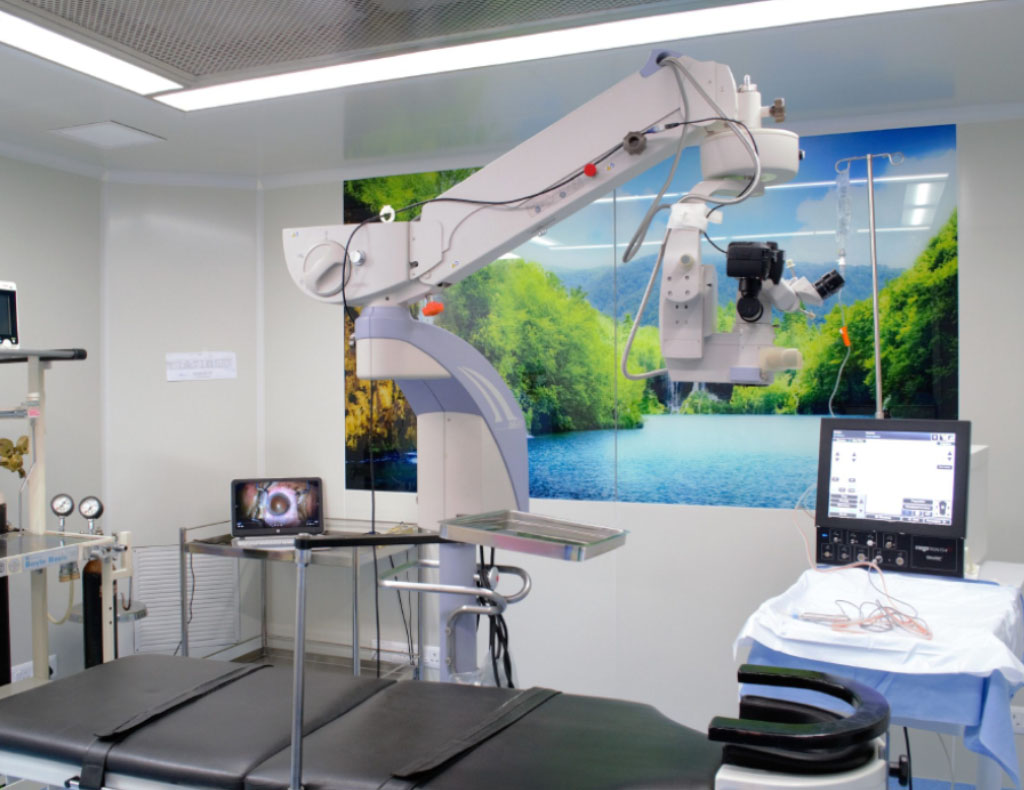

Protocol:
- Informed Consent:
- Obtain informed consent from the patient, explaining the risks, benefits, and potential complications of the surgery.
- Sterilization and Aseptic Technique:
- Maintain a sterile environment in the operating room, and adhere to strict aseptic techniques to prevent infections.
- Patient Monitoring:
- Continuous monitoring of the patient’s vital signs during surgery ensures their safety.
- Team Collaboration:
- Effective communication and collaboration among surgical team members enhance the efficiency and safety of the procedure.
- Quality Control:
- Regular equipment maintenance and quality checks ensure that all instruments are in optimal condition.
- Continuous Professional Development:
- Surgeons and staff stay updated on the latest advancements in cataract surgery through continuous education and training.
By combining cutting-edge equipment, precise surgical techniques, and adherence to established protocols, cataract surgery can be a safe and highly effective procedure with minimal risk to the patient. It’s important to note that individual patient characteristics and preferences may influence certain aspects of the procedure, and consultation with a skilled ophthalmologist is essential for personalized care.
Choosing the Right IOL: There are different types of IOLs available, each catering to specific visual needs. We will discuss your lifestyle, visual preferences, and any existing eye conditions to determine the most suitable IOL for you. Common options include monofocal, multifocal, toric, accommodating, and extended depth of focus (EDOF) IOLs.
- Monofocal IOLs: Provide clear vision at a specific distance (near, intermediate, or distance).
- Multifocal IOLs: Offer clear vision at multiple distances, reducing dependence on glasses.
- Toric IOLs: Correct astigmatism, providing sharper vision without additional correction.
- Accommodating IOLs: Mimic the natural flexibility of the eye for dynamic focus.
- EDOF IOLs: Extend the depth of focus for enhanced visual acuity at various distances.
Post-Surgery Recovery: After the surgery, you may experience improved vision within a short period. It’s normal to have some mild discomfort or itching, but this usually resolves quickly. We will provide detailed post-operative care instructions to ensure a smooth recovery.
We understand that you may have questions or concerns about the procedure and IOL options. Please feel free to schedule an appointment to discuss these matters further. Your comfort and well-being are our top priorities, and we are here to support you throughout this process.
Thank you for entrusting us with your eye care. We look forward to helping you regain clear vision through cataract surgery.
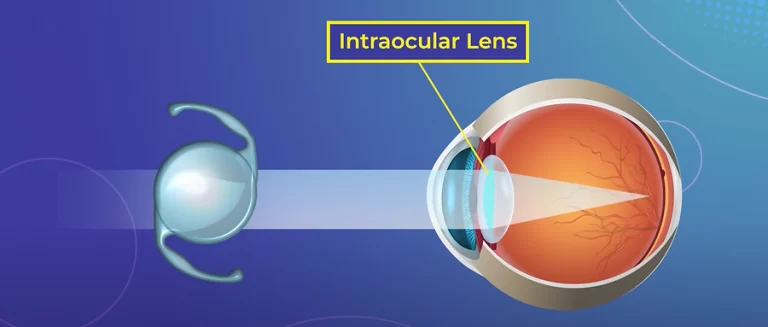
Usefull Links
Information
Monday to Saturday
Morning: 11:00 am to 2:00 pm
Evening 7:00 pm- 9:00 pm
Sunday Closed
